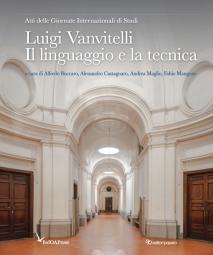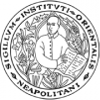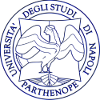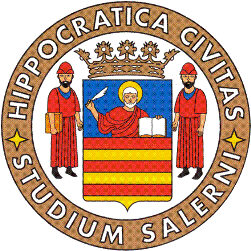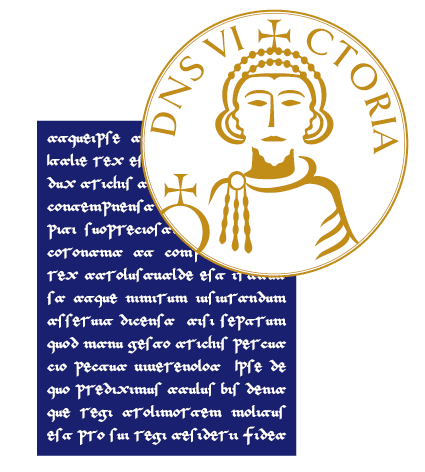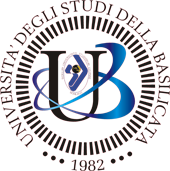Luigi Vanvitelli. Il linguaggio e la tecnica
Keywords:
Luigi Vanvitelli, History of Architecture, 18th-century Neapolitan ArchitectureSynopsis

Publisher: FedOA - Federico II University Press
Series: Miscellaneous
Pages: 299
Language: Italian
NBN:
Abstract:
The reserches on the Luigi Vanvitelli’s figure and his work has a long tradition in architectural history studies of Federician School. The then Institute of Architectural History played a leading role in the past Vanvitelli celebrations, and we are pleased to have maintained the custom by joining the committee set up by the director of the Royal Palace of Caserta Tiziana Maffei for the current 250th anniversary of the architect’s death. Within a dense system of networks with institutions of various kinds and with a view to the valorisation of Vanvitelli’s works, the scientific comparison certainly still represents the pivot around which to set all interventions, whether concrete, in relation to possible valorisation and preservation actions, or intellectual speculation. Therefore, it was an honour to have inaugurated the year of Vanvitelli celebrations with the International Study Days on the History of Architecture Luigi Vanvitelli. Il linguaggio e la tecnica (Naples, 28 February-2 March 2023), held on the exact day of the 250th anniversary between Palazzo Gravina and the complex of the Padri Vincenziani ai Vergini, and also organized by the interdepartmental centres BAP and CIRICE. The contributions collected here highlight, with interpretative originality and methodological rigour, common issues and recurring themes in Vanvitelli’s works, starting from the critical position of his contemporaries and posterity with respect to what he did. The book is divided into six chapters that respectively identify thematic areas of high scientific interest, as demonstrated by the research carried out: Exegesis, interpretation and criticism; Architecture between language and technique; City, territory and landscape; Theatrical thoughts and appearances; The interweaving of networks and relationships; From Vanvitelli the restorer to Vanvitelli ‘restored’. Half a century separates this book from the seminal one published by Pane and pupils in 1973, on which our generation was formed. As the Master wrote to his brother Urbano on 29 July 1766, «sooner than time seems to pass».
Downloads
